Former Kami-ina Library (1)
The Ina City SOUZOU-KAN is located in Ina City, Nagano Prefecture.
This is a side view of the building, with the entrance on the left, and the front part of the building has four floors and the rest three floors.
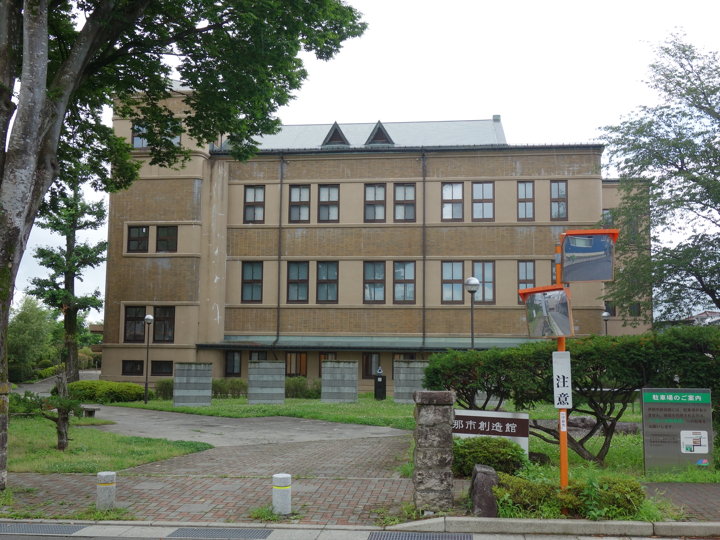
The Ina City SOUZOU-KAN opened in 2010 and is used as a museum that exhibits and stores historical materials, and as a lifelong learning facility with study rooms and an auditorium.
This building was originally the Kami-ina Library built in 1930.
The front of the building.
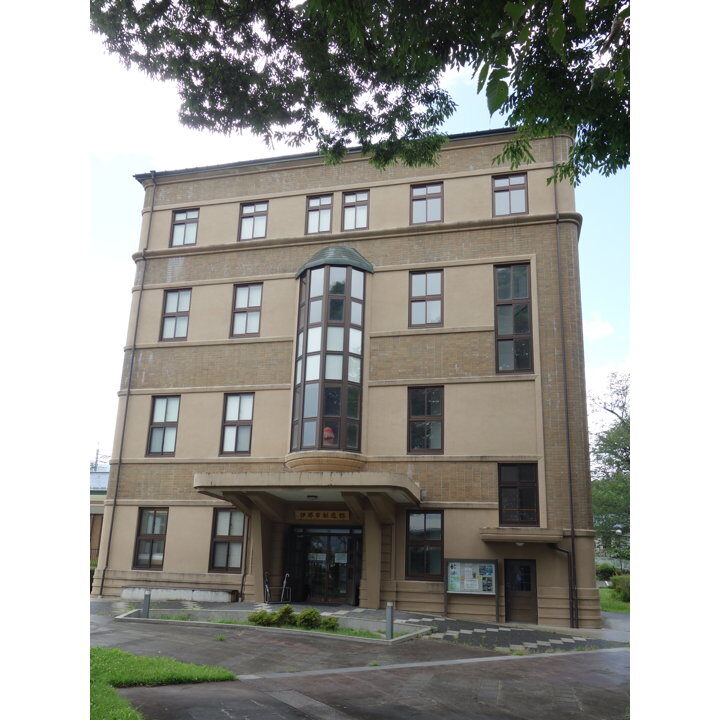
Compared to the old photo, the windows have been changed to aluminum sash, but the overall impression is not so different.
In the Taisho era (1912-1926), the Kamiina Educational Association planed to establish a library. In 1919, Ina Practical Course Girls High School was burnt by a fire and the site had been vacant. They purchased the land for building the library in 1923 and began raising funds for the construction of the school. However, due to the Great Kanto Earthquake and frost damage in Kami-ina in 1925, activities did not progress very well.
Later, in 1929, Kakutaro Takei decided to donate the library to them.
Takei, a native of Miyaki Village, Ina-gun (present-day Tatsuno Town), was a businessman who ran Takei Silk Manufacturing, and he agreed to build and donate the library at his own expense on the condition that the library’s operating expenses would be covered by Ina Town and the Educational Association.
A bronze statue of Kakutaro Takei is located southeast of the entrance.
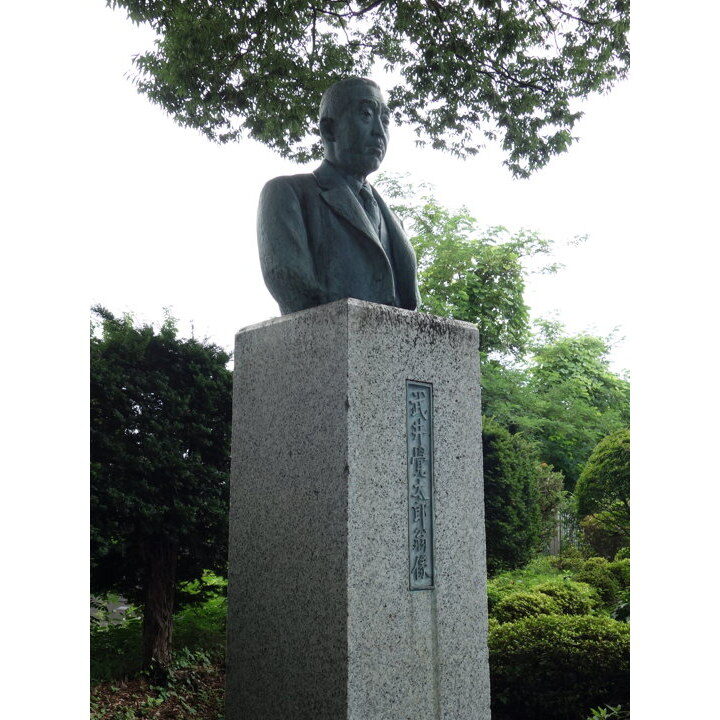
Takei also selected the architect himself, and he himself appeared at the construction site every week.
Matsunosuke Moriyama was in charge of the design, and Yoshizo Kuroda succeeded him in completing the project.
The design was completed in September 1929, the groundbreaking ceremony in October 1929, the ridgepole raising ceremony in April 1930, and the inauguration and opening ceremony on December 19 of the same year.
The library at the time of completion looked like this. (Figure from “30 years history of Kami-ina Library")
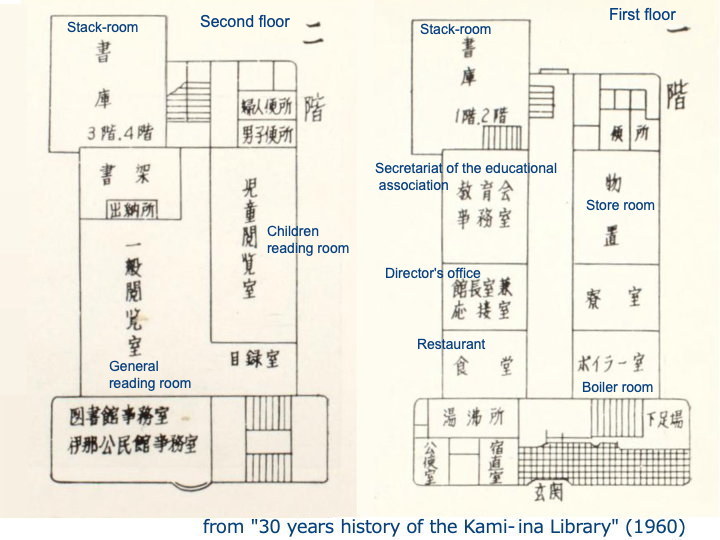
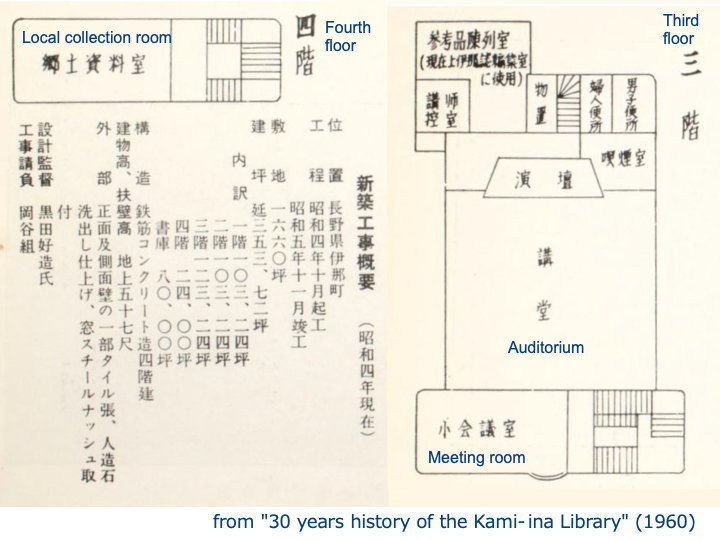
After the library opened, it was financially difficult to operate despite annual donations (2,000 yen) from the Ina Town, and it was difficult to raise money even though donations were solicited in and outside the county. One local notable was apparently reluctant to donate, saying, “Since this is a library built by Takei, he should pay for its operation as well". The library’s board of directors continued to plead with Takei to pay for the expenses, and Takei donated the half of the operating expenses (1940 board meeting).
Moreover, Takei donated 10,000 yen to the library in his will, when he died in 1944.
In 1931, the Manchurian Incident occurred. The library was also used as a place for examination for conscription from 1934.
In 1942, the metal in the library was offered to the government, and some library staff were called up and sent to war.
Later, air-raid shelters were dug around the library, and castor beans were cultivated around them for oil.
In April 1945, 120 sewing machines were brought in and the building became a factory for making military uniforms. Naturally, the library was closed to the public, but the lending service continued.
After the war, the uniform factory was closed and the library reopened to visitors in October 1945.
However, in 1946, the Occupation Forces were stationed in the building, and library operations were suspended for three months.
In 1960, a roof was placed on the fourth floor to prevent leaks.
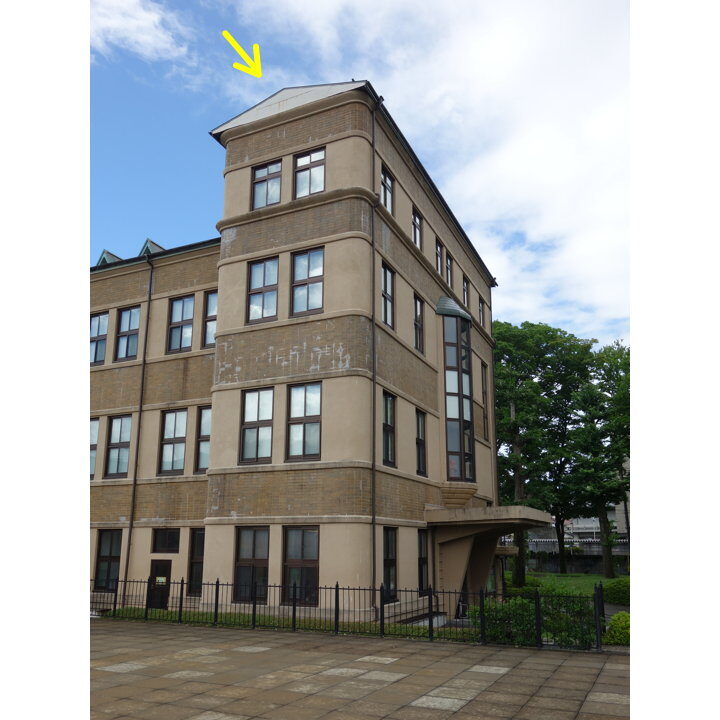
Since then, window frames had been replaced, the toilets had been flushed, and repairs had been made to the exterior walls and roof to keep it in use, but the building has deteriorated and earthquake resistance has become a problem.
The Ina City Library was newly opened at another place in 1994 , and Kami-ina library stopped its reading and borrowing services in 2003. The library was completely closed in March 2004 after reorganizing its collection.
An elevator was installed and the main building was made earthquake resistant. In addition, a new storage room was built on the south-west side of the main building. In 2010, the building was opened as the Ina City SOUZOU-KAN.
As a result of the construction work, the current layout of the building is different from that of when it was completed.
On the first floor, learning facilities such as study rooms and hands-on learning rooms were installed.
The second floor was converted into a permanent exhibition room and a special exhibition room, and the stack-room on the upper left side of the layout on the second floor have been preserved as they were at that time.
The third floor is still used as an auditorium.
The fourth floor’s local collection room was renamed the “research room".
This is the middle of the stairs from the first floor to the second floor. The floor and walls were renewed during renovation work, but this marble handrail seems to be the same as it was at that time.
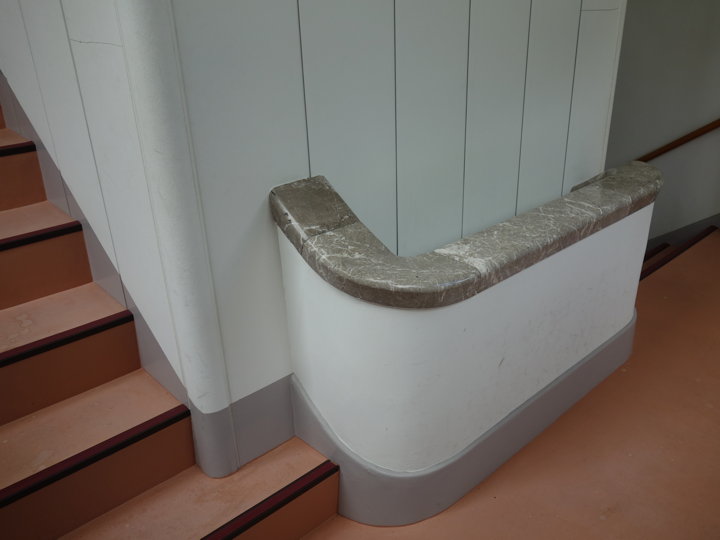
The first floor of the current building.
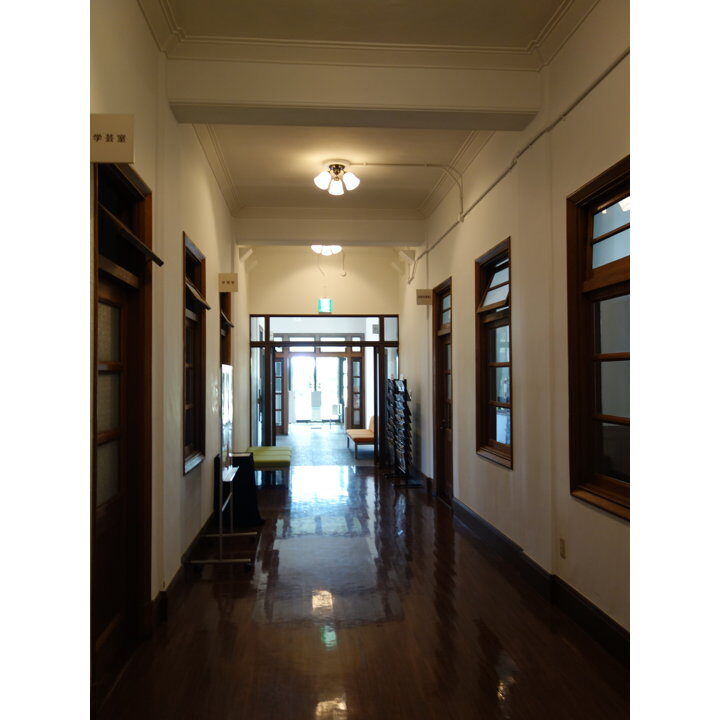
A prewar organ is on display. There is a sign saying that visitors are free to play it.
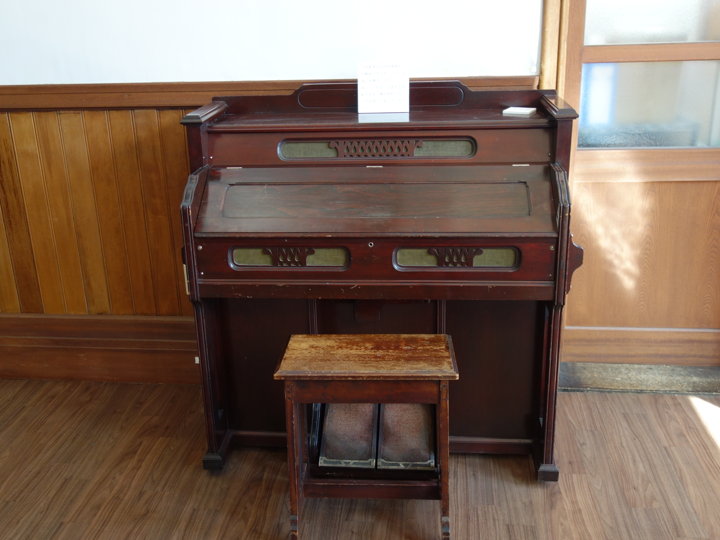
In my next entry, I plan to write about the stack-room on the second floor.
[Reference] (all were written in Japanese)
“30 years history of the Kami-ina Library" (Kami-ina Library Foundation, 1960)
“History of Kamiina Library" (the pamphlet of Ina City SOUZOU-KAN)
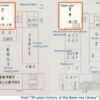
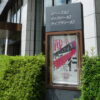
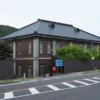
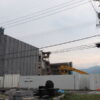
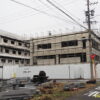
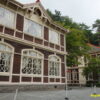
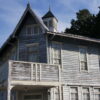
Recent Comments